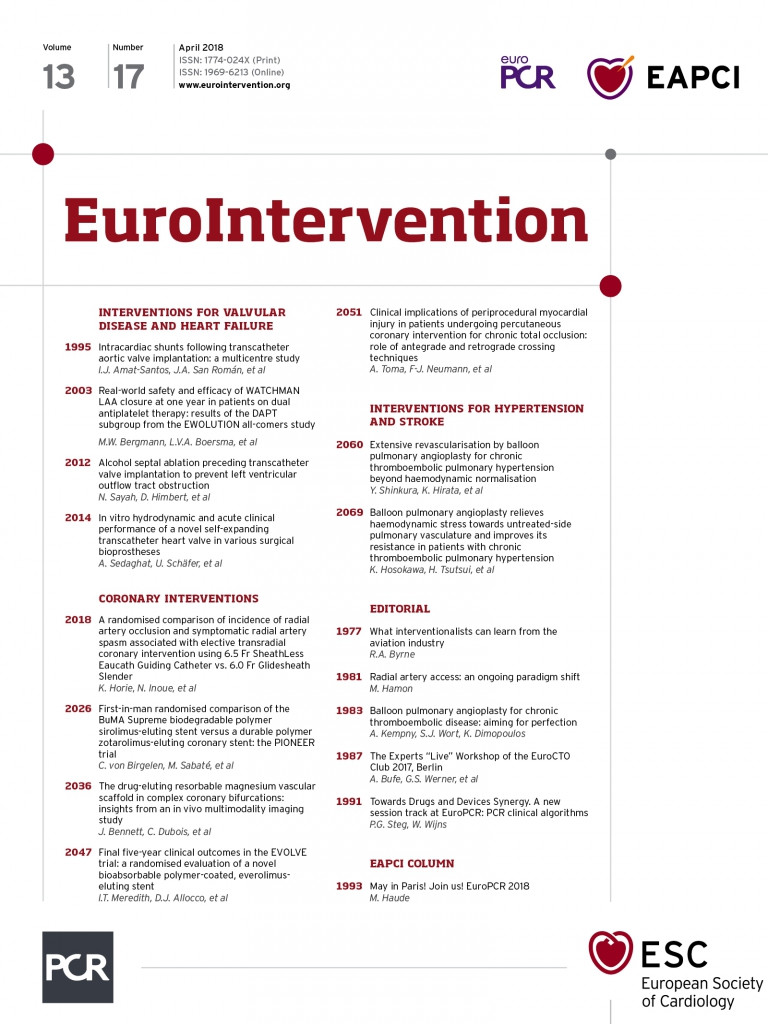
The article of Kweon et al1 has caught my attention because they propose a model for predicting a post-stenting fractional flow reserve (FFR) of a coronary artery if either one of two serial stenoses in the artery is removed. Unlike the case of a simple single artery, the artery has a non-stenotic side branch originating from a point in-between the stenoses, turning it into a 3-artery configuration.
The authors have chosen to reach their goal by modifying the classic approach to the problem of two serial stenoses in a single artery by De Bruyne et al2. By the errors that they have made on the way, it seems that it would have been better if they had chosen the multi-artery FFR3 approach and treated it like a three-artery configuration (artery 1=proximal stenotic main branch; artery 2=non-stenotic side branch; artery 3=distal stenotic main branch; Figure3 of Yaeger3).
Despite the different scenario, the authors seem to adhere to single artery rules. When FFRd is <0.8 (indicating mandatory revascularisation), they compare the magnitudes of ΔFFRp and ΔFFRd and treat the stenosis of the higher value first (Figure1 of Kweon et al1). This is erroneous because gradient pressures (ΔPs) over stenoses can be compared only when the same flow Q passes through the resistances (Rs) of the stenoses (namely when they are in the same artery). Only then is a comparison between the gradients ΔPs=Q×Rs actually a comparison between the resistances (Rs). Here the flow in the proximal and distal parts of the main branch is not the same; there is a “leak” through the side branch (unless the side branch is of insignificant dimensions with negligible effect).
For some reason the authors have decided to use the diameter ratio d2/d1 (Figure2 of Kweon et al1) for determining the ratio of blood flows of the side branch and of the distal main branch instead of using an estimated ratio of their microvascular resistances.
It is not clear why the authors are erroneously using Pd-Pw as the driving perfusion pressure instead of Pd–Pv≈Pd (Pd: distal pressure; Pw: wedge pressure; Pv: venous pressure).
It would be interesting if the authors were to run a data analysis by the multi-artery FFR method3 and compare the results with theirs.
Conflict of interest statement
The author has no conflicts of interest to declare.

